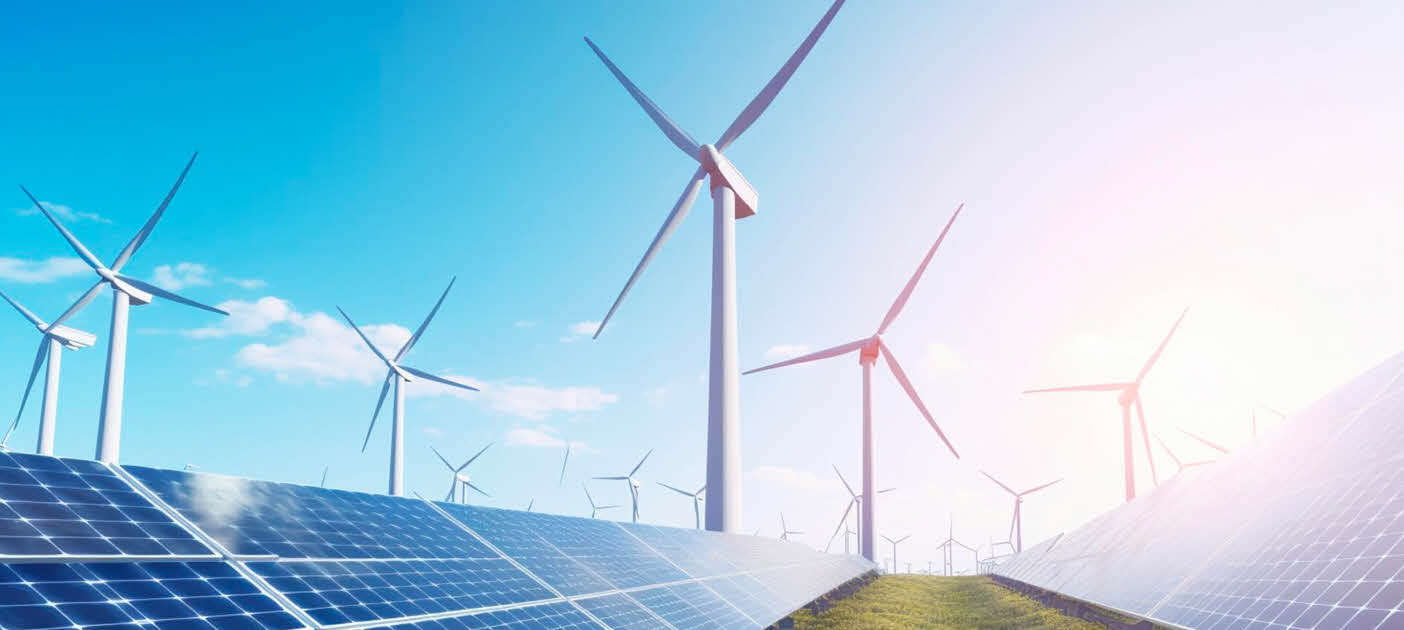Renewable energy comes from natural resources that can be continuously renewed naturally because the amount is unlimited. Renewable energy technology is now widely used because compared to conventional energy or fossil fuels, renewable energy is much more environmentally friendly that can help to reduce greenhouse gas emissions, global warming, and does not pollute the environment, improving air, water, and land quality.
In this article, we will discuss eight renewable energy technologies in the future, which can diversify supply so that it does not depend on fossils. There are quite a lot of examples of renewable energy that have been discovered and utilized to this day, including:
1. Solar Panels
Solar energy can also be used as an alternative electricity generator and already used massively by other countries such as United States, Japan, and Germany. Solar panels are needed as intermediaries that absorb sunlight to utilize solar energy as electrical energy. The electricity is then converted and channelled to the inverter, which changes DC into AC before powering electrical equipment as an energy source.
2. Solar Paint
With solar panel installation is relatively expensive, especially if ordinary people do it, solar paint was invented. As the name suggests, this paint can be applied to any surface to capture solar energy. This solar paint contains billions of light-sensitive materials. Solar paint is now more than just a theor, though it is still in the research stage to be used as a consumer-level product.
3. Wind Energy
The air movement from areas with high to lower air pressure makes it possible to use it as an energy source with the help of windmills that continuously rotates a generator and produces electrical energy. In Indonesia, wind energy is utilized through PLTB (Wind Power Plant). It is proposed to be developed in several locations with high potential, such as Sumatra, Java, South Sulawesi, Nusa Tenggara, and Maluku.
4. Tidal Energy
The flow of ocean waves can also be used to generate electricity. Even though this sea wave energy project is still relatively new, many investors are already looking at it because it is relatively more straightforward to predict the amount compared to wind and solar energy. Even though the initial construction costs are pretty expensive because it requires rust-resistant materials to avoid corrosion, tidal energy has great potential to be used as renewable energy on a global scale, especially in coastal areas with strong ocean currents.
5. Bio Energy
This renewable energy source comes from living creatures or organic materials such as wood, grass, animal waste, agricultural waste and household waste or biomass. Advances in bioenergy technology, including biochemical and thermochemical conversion processes, increase efficiency and reduce emissions. The final products of this bioenergy are biodiesel, bioethanol, biogas, boater, and so on.
6. Water Energy
Of course, the abundant water would be a shame if it was only used to irrigate agricultural land, consumption materials or recreational areas. Water can be converted into electrical energy using waterwheels placed in areas with strong currents. The water wheel's rotation produces kinetic energy, which is then used to rotate the generator and produce electricity.
Another way to utilize water is to store it in dams to channel and control it to produce tremendous energy. Kinetic energy is generated through a rotating turbine. This method is widely used in Indonesia. One of Indonesia's largest hydroelectric power plants (PLTA) is the Saguiling PLTA, West Java, with a height of 643 meters above sea level and a capacity of 700 MW, producing 2,156 GWh of electricity annually.
7. Geothermal Energy
Areas in the Earth's Ring of Fire, such as the Philippines, Indonesia, and New Zealand, can utilize heat from within the earth to produce electrical energy. The method involves digging to a certain depth, then channelling heat energy to drive a turbine and spin a generator that produces electricity.
8. Fuel Cell
A fuel cell is an energy conversion device that works like a battery by utilizing an electrochemical reaction process. Fuel cells produce cleaner and more efficient electrical energy through a chemical reaction between hydrogen and oxygen. Fuel cells are usually used in vehicles as a substitute for conventional energy. Vehicles with fuel cells (FCV or Fuel Cell Vehicles) take energy from cells that produce electrical energy and deliver it to the electric motor to move the car. PT PLN launched Indonesia's first hydrogen vehicle filling station to support the renewable energy transition in February 2024.
You can contribute to safeguarding the planet from climate crises by educating yourself about renewable energy, supporting companies committed to environmental sustainability, and investing in those that incorporate renewable energy into their operations. It's easy; you can use the Invest Better feature in Live Better in the Digibank by DBS application. Starting from IDR 100 thousand, you can buy various choices of mutual funds whose issuer selection refers to the green investment index.







